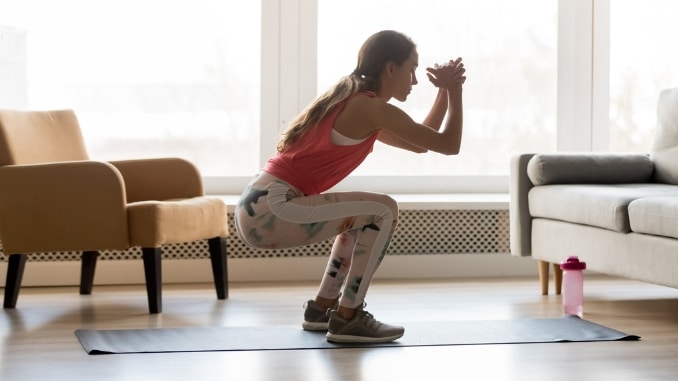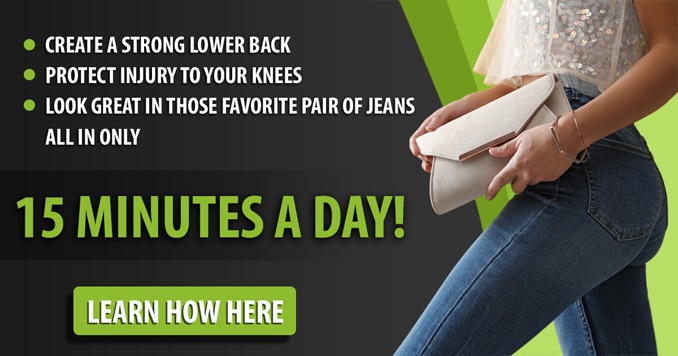Medical Disclaimer: The information in this blog is for enlightening and educational purposes only and is not intended as medical advice. The content in this post is not meant to substitute for a professional medical diagnosis, advice, or treatment. Always ask advice from your physician or other qualified health providers with any questions you may have regarding a medical condition.
Squats are one of the most effective exercises for building strength, particularly in the lower body. However, many women face challenges when it comes to performing squats with proper form.
Whether you’re a beginner or experienced lifter, understanding and mastering the correct squat form is crucial not only for maximizing results but also for preventing injury.
Proper squat form for female ensures that you’re targeting the right muscles, such as the glutes, quadriceps, hamstrings, and core. It also minimizes the risk of strain or injury, particularly in the knees, back, and hips.
For women, squats are an excellent way to build lower body strength, improve mobility, and increase overall muscle tone.
1. Squats

- Begin in an upright standing position with your feet wider than shoulder-width apart and your toes pointing slightly outward.
- Engage your core, hinge from your hips, and bend your knees to lower your seat downward.
- Ensure your knees stay aligned with your toes throughout the movement to avoid strain.
- Hold this position for several deep belly breaths, in through your nose, out through your mouth.
- Press from your heels to return to the starting position and repeat the movement.
Squat Variations to Try for Women
Before loading squats [1] with weights, make sure your squat form is correct to avoid unnecessary strain on your joints, especially the knees and back.
2. Chair Squat
Doctor Jo (a Physical Therapist and Doctor of Physical Therapy) also recommends using a chair for squats if you’re not quite ready for regular squats. It’s a great way to strengthen your legs!

- For proper squat form for female, begin in an upright standing position in front of a chair with your feet shoulder-width apart.
- Maintain good alignment with your head, shoulders, and hips.
- Press your palms together at chest height.
- Activate your core to maintain stability and support proper posture.
- Hinge through your hips and bend your knees to lower your seat into the chair.
- Push through your heels to return to the standing position, ensuring your knees do not extend past your toes.
- Repeat the movement 10 times.
3. Goblet Squat
For this exercise, you need to use a dumbbell or a can of soup.
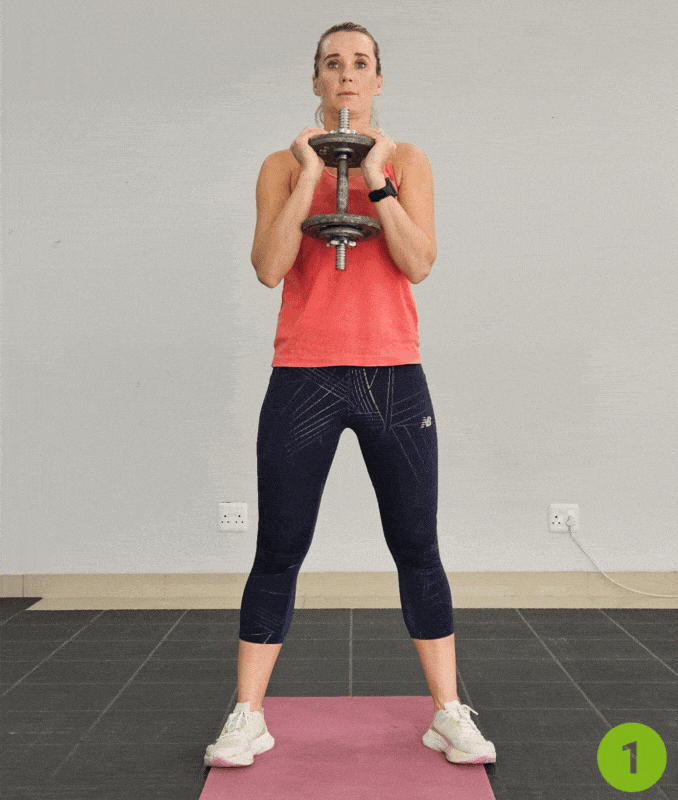
- Begin in an upright standing position with your feet shoulder-width apart.
- Maintain good alignment with your head, shoulders, and hips.
- Hold a dumbbell with your hands at chest level.
- Activate your core to maintain stability and support proper posture.
- Hinge through your hips and bend your knees to lower your body into a squat position.
- Keep your knees behind your toes and do not let your knees fall inward.
- Hold the position for a few seconds.
- Drive through your heels to stand back up, engaging your glutes and maintaining balance.
- Repeat the movement 10 times.
4. Sumo Squat
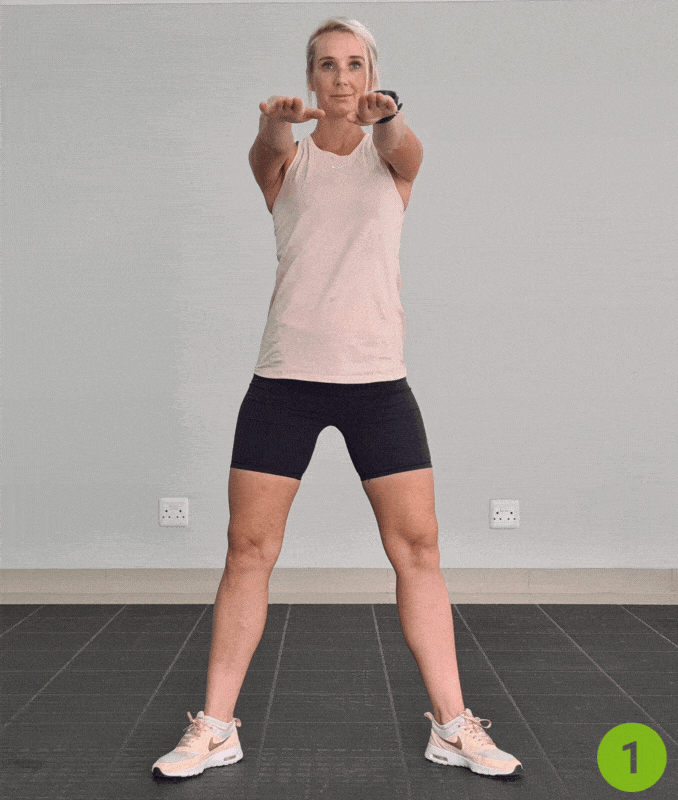
- Begin in an upright standing position with your feet wider than shoulder width apart, with your toes pointing outward at a 45-degree angle.
- Maintain good alignment with your head, shoulders, and hips.
- Extend your arms in front at chest level.
- Activate your core to maintain stability and support proper posture.
- Hinge through your hips and bend your knees to lower your body into a squat position as you reach your arms towards the floor.
- Keep your knees behind your toes and do not let your knees fall inward.
- Hold the position for a few seconds.
- Drive through your heels to stand back up, engaging your glutes and maintaining balance.
- Repeat the movement 10 times.
5. Overhead Squat
For this exercise, you need to use a medium-sized stability ball.
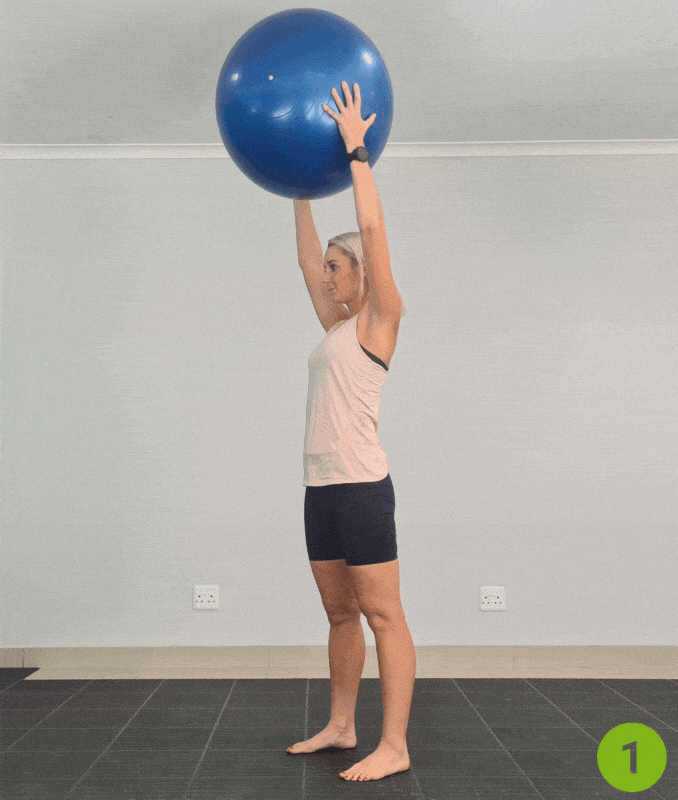
- Begin in an upright standing position with your feet shoulder-width apart.
- Maintain good alignment with your head, shoulders, hips, and legs.
- Hold a medium-sized stability ball with both hands.
- Raise your arms overhead.
- Activate your core to maintain stability and support proper posture.
- Hinge through your hips and bend your knees to lower your body into a squat position.
- Keep your knees behind your toes and do not let your knees fall inward.
- Hold the position for a few seconds.
- Drive through your heels to stand back up, engaging your glutes and maintaining balance.
- Repeat the movement 10 times.
6. Wall Sit Squat
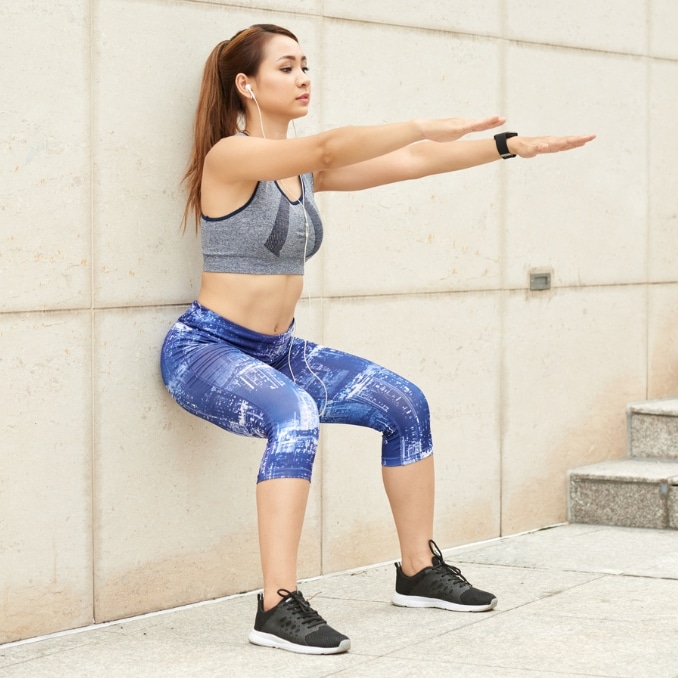
- For this proper squat form for female, begin in an upright standing position with your back against the wall, feet shoulder-width apart.
- Maintain good alignment with your head, shoulders, hips, and legs.
- Extend your arms in front at chest level.
- Step forward to increase the angle of your body.
- Press your back firmly against the wall.
- Activate your core to maintain stability and support proper posture.
- Slowly bend your knees to slide down into a squat position while keeping your thighs parallel to the floor, like sitting on an invisible chair.
- Keep your knees aligned with your toes and hold the position for a few seconds.
- Drive through your heels to stand back up, engaging your glutes and maintaining balance.
- Repeat the movement 10 times.
Muscles activated during squats:
- Quadriceps: Front of the thighs, helping to extend the knee.
- Hamstrings: Back of the thighs, helping to bend the knee and extend the hip. The hamstrings work [2] more during the upward part of the squat (when you’re standing back up).
- Glutes: Buttocks, responsible for hip extension when standing up.
- Calves (Gastrocnemius and Soleus): Lower legs, helping with stability and assisting in movement.
- Core muscles: Abs and lower back, providing stability and supporting your posture during the squat.
Common Mistakes to Avoid
- Knees caving in or pushing too far forward
- Rounded back or leaning too far forward
- Heels lifting off the ground
- Not engaging the core
Benefits of Proper Squat Form for Women
Squats are great for women because they help build strength, improve posture, and target multiple muscles at once. Here are some benefits specifically for women:
- Builds stronger legs and toned muscles
- Reduces injury risk with proper technique
- Boosts athletic performance and endurance
- Enhances flexibility and mobility
- Improves posture for daily activities
- Squats enhance core strength by engaging abdominal and back muscles.
- Squats help improve [3] coordination and stability.
- Helps with weight management and fat loss
Conclusion
Mastering proper squat form for female technique is crucial for targeting the right muscles, maximizing results, and preventing injuries. It helps you work the right muscles, like your glutes and thighs, while also keeping you safe from injury. Use good form to build strength, improve your posture, and get a toned, strong body.
Advanced Gluteus Maximus Exercises is an exercise program you can easily do at home, completely on your own, to power up your Gluteus Maximus, build strength, increase stability, and help you look fantastic in your favorite pair of jeans. Check it out now!
Frequently Asked Questions
How to do a squat correctly for a female?
Stand with your feet hip-width apart. Keep your upper body straight, and engage your core. Bend your knees and lower your hips as if you’re sitting in a chair. Your knees should not go past your toes. Make sure you squat properly by keeping your back straight, and only use your body weight.
What is a good squat for a woman?
A good squat for a woman is one where your feet are hip-width apart, your upper body stays straight, and you squat down low without letting your knees go too far forward. This works the right muscles like your glutes, thighs, and core.
How do I know if I’m squatting correctly?
To know if you’re squatting correctly, check that your feet are hip-width apart, your knees track over your toes, and your upper body stays straight. When you squat properly, you should feel it in your legs and glutes, not your knees or lower back.
Do squats help your butt?
Yes! Squats are great for your butt. They target your glutes, helping to tone and lift them. Make sure to squat properly by using only your body weight and keeping your feet hip-width apart for the best results.

